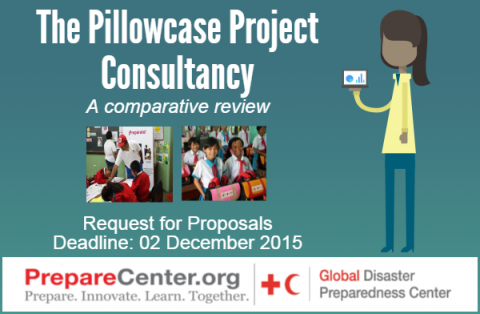2017 Global Platform for Disaster Risk Reduction Proceedings
The Fifth Session of the Global Platform for Disaster Risk Reduction was the first occasion for the world to come together and discuss early progress on implementation of the Sendai Framework for Disaster Risk Reduction, adopted by UN Member States in Sendai, Japan, in March 2015 at the Third UN World Conference on Disaster Risk […]
2017 Global Platform for Disaster Risk Reduction Proceedings Read More »


